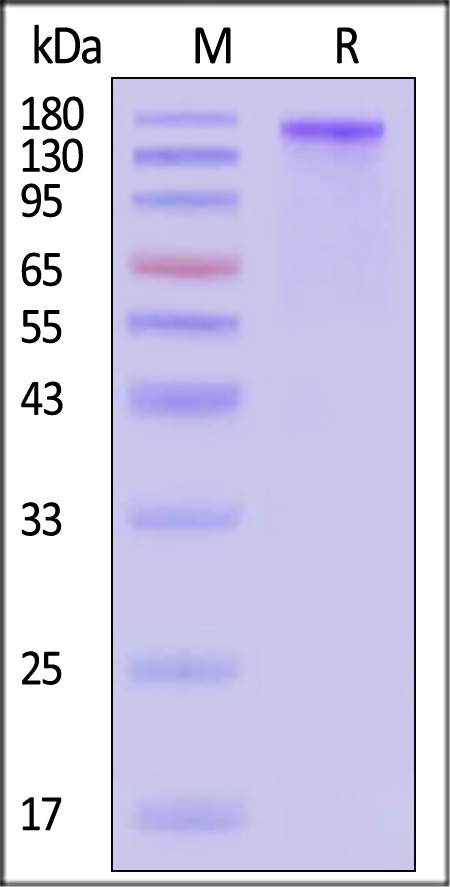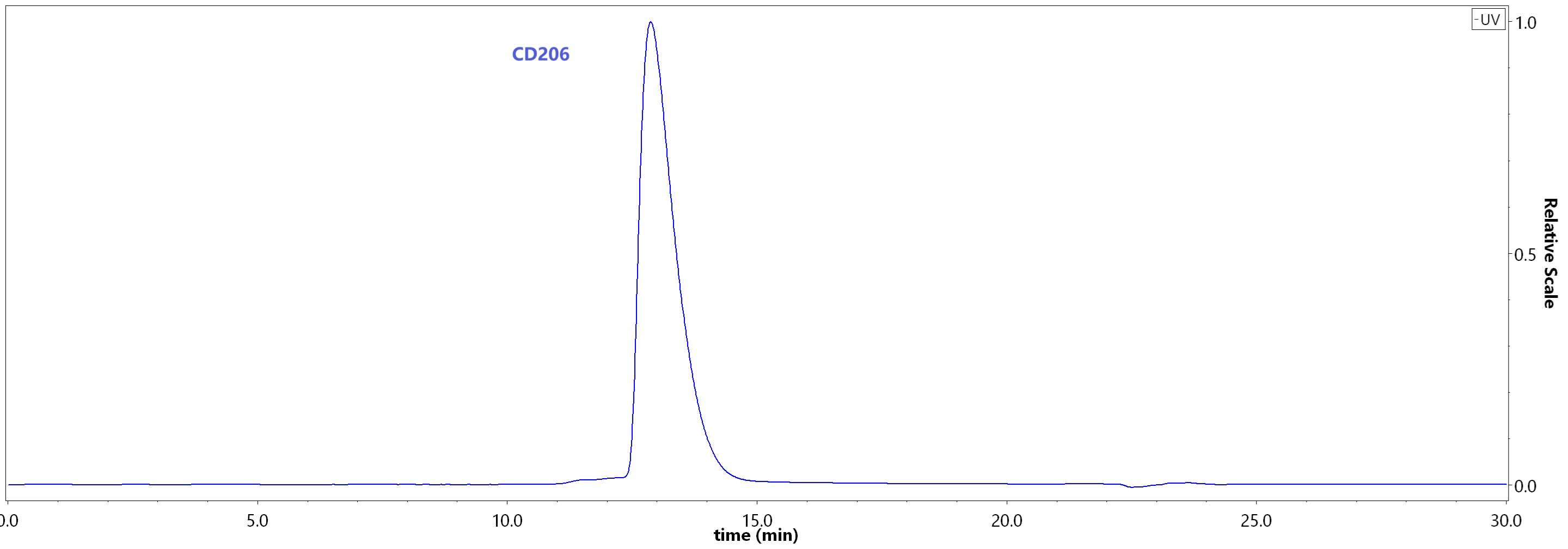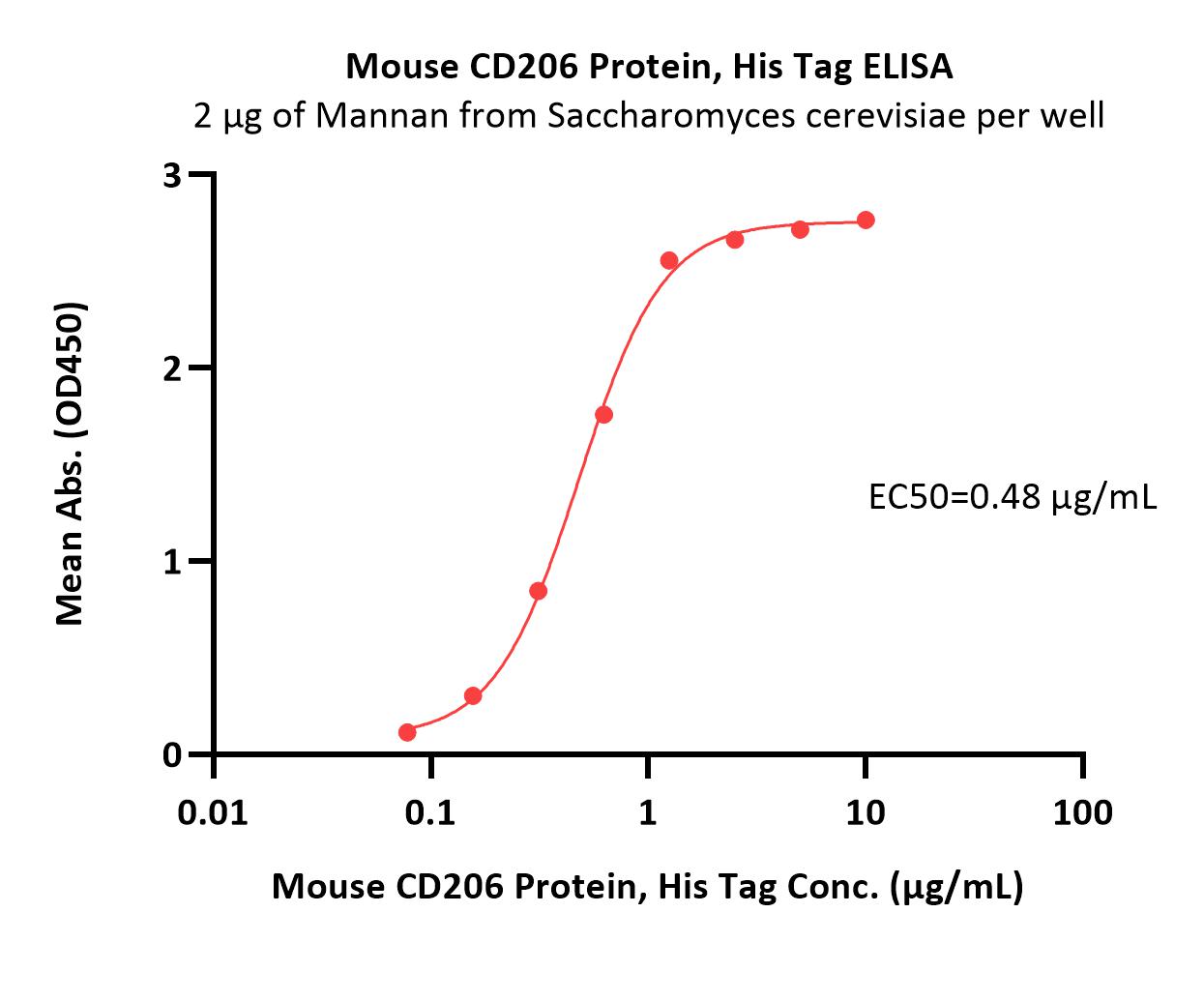Hypericin impedes M2 macrophage polarization and protects against Hepatocellular carcinomaWen, Wang, Yao
et alMol Immunol (2025) 181, 160-168
Abstract: There has been increasing evidence that M2 polarization, which is essential for tumor growth, is present in most tumor-associated macrophages. Hypericin is the major component of the Traditional Chinese Medicine Hypericum perforatum. Hypericin exhibits antitumor activities, but its regulation on M2 macrophage polarization and the protective against Hepatocellular carcinoma (HCC) remains unknown.IL-4 was used to induce bone marrow-derived macrophages (BMDMs) to differentiate into M2 macrophages, the effect of hypericin on M2 polarization of BMDMs was investigated, mRNA level of M2-related genes was determined using RT-qPCR and flow cytometry. Furthermore, the effect of culture medium of M2 macrophage (M2-CM) pretreated with hypericin or not on the proliferation, migration, and invasion of Hepa1-6 cells was studied. To investigate the mechanism, the PI3K/AKT signaling pathway, which is critical in macrophage polarization was tested. A mouse model of HCC was established by subcutaneous implantation of H22 cells, the impact of Hyp on tumor growth and M2 macrophage polarization in tumor tissues was identified.In the present study, we found that Hyp significantly inhibited M2 polarization of macrophages, as indicated by decreased expression of CD206 and M2-related markers, moreover, Hyp suppressed the M2-CM-induced proliferation, invasion and migration of Hepa1-6 cells. Hyp manifested an inhibitory effect on the PI3K/AKT signaling pathway during the differentiation of M2 macrophages. In vivo experiments showed that Hyp greatly suppressed tumor growth and reduced M2 macrophage polarization in tumor tissues.Hyp impedes the growth, proliferation, invasion and migration of HCC by inhibiting M2 macrophages polarization via the PI3K/AKT signaling pathway, our data demonstrate that hypericin may be a promising candidate for HCC treatment.Copyright © 2025 Elsevier Ltd. All rights reserved.
Deciphering the preeclampsia-specific immune microenvironment and the role of pro-inflammatory macrophages at the maternal-fetal interfaceFei, Lu, Shi
et alElife (2025) 13
Abstract: Preeclampsia (PE), a major cause of maternal and perinatal mortality with highly heterogeneous causes and symptoms, is usually complicated by gestational diabetes mellitus (GDM). However, a comprehensive understanding of the immune microenvironment in the placenta of PE and the differences between PE and GDM is still lacking. In this study, cytometry by time of flight indicated that the frequencies of memory-like Th17 cells (CD45RA-CCR7+IL-17A+CD4+), memory-like CD8+ T cells (CD38+CXCR3-CCR7+Helios-CD127-CD8+) and pro-inflam Macs (CD206-CD163-CD38midCD107alowCD86midHLA-DRmidCD14+) were increased, while the frequencies of anti-inflam Macs (CD206+CD163-CD86midCD33+HLA-DR+CD14+) and granulocyte myeloid-derived suppressor cells (gMDSCs, CD11b+CD15hiHLA-DRlow) were decreased in the placenta of PE compared with that of normal pregnancy (NP), but not in that of GDM or GDM&PE. The pro-inflam Macs were positively correlated with memory-like Th17 cells and memory-like CD8+ T cells but negatively correlated with gMDSCs. Single-cell RNA sequencing revealed that transferring the F4/80+CD206- pro-inflam Macs with a Folr2+Ccl7+Ccl8+C1qa+C1qb+C1qc+ phenotype from the uterus of PE mice to normal pregnant mice induced the production of memory-like IL-17a+Rora+Il1r1+TNF+Cxcr6+S100a4+CD44+ Th17 cells via IGF1-IGF1R, which contributed to the development and recurrence of PE. Pro-inflam Macs also induced the production of memory-like CD8+ T cells but inhibited the production of Ly6g+S100a8+S100a9+Retnlg+Wfdc21+ gMDSCs at the maternal-fetal interface, leading to PE-like symptoms in mice. In conclusion, this study revealed the PE-specific immune cell network, which was regulated by pro-inflam Macs, providing new ideas about the pathogenesis of PE.© 2024, Fei, Lu, Shi et al.
Efficacy of electro-acupuncture at "Weizhong" (BL40) on macrophage polarization in rats with injured lumbar multifidusYuan, He, Tieshan
et alJ Tradit Chin Med (2025) 45 (2), 335-347
Abstract: To investigate the anti-inflammatory effect of electroacupuncture in rats with bupivacaine-induced lumbar multifidus injury and its underlying regulatory mechanism on macrophage polarization.A total of seventy-two Sprague-Dawley male rats were randomly divided into control, model, and electroacupuncture groups. Forty-eight rats categorized in model groups were injected 0.5% bupivacaine (BPVC) into the lumbar multifidus at the L4-L5 segment. Rats in the electroacupuncture groups received the intervention for 1, 2, 3 and 5 d, respectively. The degree of macrophage infiltration and change of M1/M2 polarization were observed based on hematoxylin and eosin staining, immunohistochemistry and immunofluorescence to evaluate the anti-inflammatory effect of electroacupuncture. Meanwhile, exosomal miRNA-sequencing and bioinformatics analysis predicted the pathways and biological processes related to inflammatory response and macrophage polarization regulated by electroacupuncture intervention.BPVC injection induced the infiltration of local macrophages at the L4-L5 segment of lumbar multifidus. Comparison of mean IOD values with 2 d and 5 d post injury revealed the highest expression of CD68+ macrophages on day 3 post injury by immunohistochemistry. (P < 0.001, P < 0.001, respectively). Compared with the model group, the cell counts of iNOs+ CD68+ M1-macrophages were lower in the electroacupuncture group, while the positive percent of CD163+ CD206+ M2-macrophages was higher in the electroacupuncture group, on day 3 after BPVC injection (P < 0.001, P < 0.001, respectively). Moreover, the results of sequencing and bioinformatic analysis suggested that exosomal miRNAs were involved in the EA regulating macrophage polarization.Electroacupuncture can promote macrophage polarization to reduce inflammation following lumbar multifidus muscular injury.
Extracellular Vesicles from Adipose-Derived Mesenchymal Stem Cells Improve Ligament-Bone Integration After Anterior Cruciate Ligament Primary Repair in RabbitYanuar, Agustina, Antarianto
et alBiomolecules (2025) 15 (3)
Abstract: In this research, we want to find out whether extracellular vesicles (EVs) from adipose-derived mesenchymal stem cells (MSCs) can improve ligament-bone integration after primary Anterior Cruciate Ligament (ACL) repair by performing immunological and biomechanical tests.All of the rabbits underwent ACL resection at the proximal attachment to the femur bone, and then were divided into four groups. We performed an ELISA examination from the tissue at the bone-ligament interface of iNOS, CD206, MMP-3, and TIMP-1 to evaluate their levels at the inflammatory stage at the end of the first week. Immunoexpression of type I and III collagen and failure load biomechanical tests were performed at the end of the sixth week.The group that underwent ACL repair with EVs augmentation had significantly higher levels of CD206, significantly lower MMP-3 levels, and significantly higher TIMP-1 levels in the first week. The iNOS levels in the group that underwent ACL repair with EVs augmentation were significantly different compared to the control group that did not receive any. The number of type I collagen fibers and the failure load levels in the group that underwent ACL repair with EVs augmentation were significantly higher.EVs from adipose-derived MSCs can improve the outcome of primary ACL repair in rabbits by regulating the inflammatory process during the healing period.



























































 膜杰作
膜杰作 Star Staining
Star Staining















